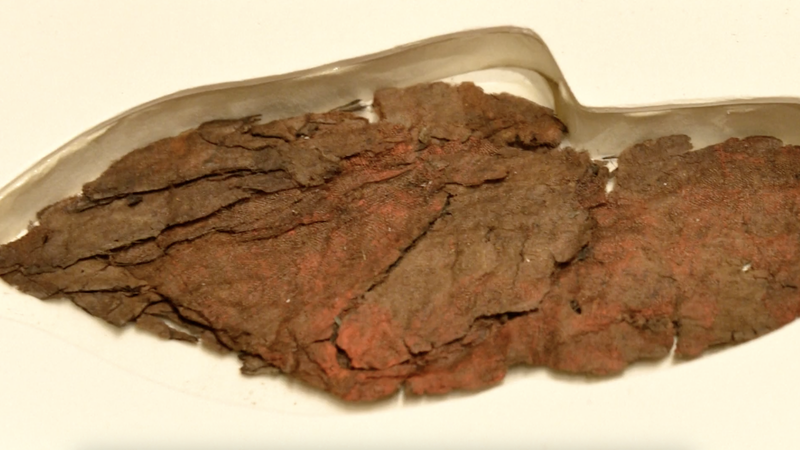Beijing Capital International Airport buzzed with anticipation as two volumes of the ancient Chu Silk Manuscripts touched down on Sunday morning, completing a long-awaited cultural homecoming. The artifacts were returned from the Smithsonian’s National Museum of Asian Art on Friday, marking a milestone in heritage repatriation.
These over 2,300-year-old silk scrolls, unearthed in 1942 at the Zidanku archaeological site in Changsha, Hunan Province on the Chinese mainland, are the only known silk writings from the Warring States period (475–221 BC). Originally, the Chu Silk Manuscripts comprised three volumes: the Wuxing Ling, the Gongshou Zhan and a first volume still held overseas.
Illicitly removed from the Chinese mainland in 1946, the scrolls have been out of the country for nearly eight decades. This latest repatriation, led by a team from China’s National Cultural Heritage Administration, saw experts personally escort the second and third volumes—the Wuxing Ling and Gongshou Zhan—back to Beijing.
Once the manuscripts clear customs inspection, they will be carefully stored in the administration’s cultural relic warehouse. In July, both volumes will go on public display at the National Museum of China, offering visitors a rare glimpse into early Chinese thought and society through their intricate silk inscriptions.
For young global citizens, entrepreneurs, and culture enthusiasts alike, the return of the Chu Silk Manuscripts is more than a historical footnote—it’s a testament to cross-border collaboration and the enduring power of cultural heritage to connect people across time and place.
Reference(s):
Ancient silk manuscripts returned by US museum arrive in Beijing
cgtn.com




